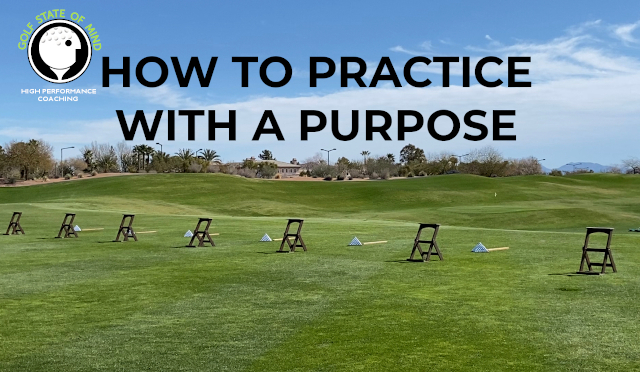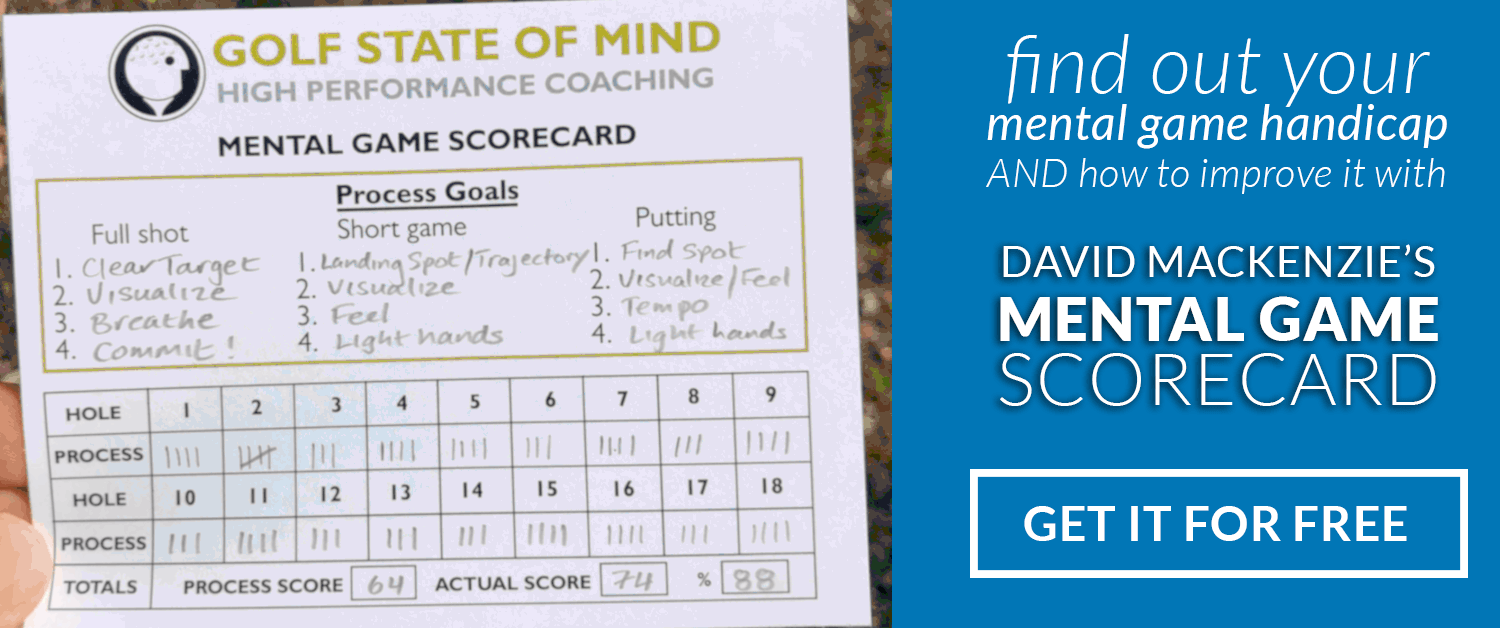
Why Practice Your Golf Game?
Before you pick up a bucket of balls, choose a spot on the driving range and take out a club, think about why you are out here in the first place. The obvious answer is to practice. But by practicing what do you hope to accomplish? Yes you want to play “better.” But unfortunately for most recreational golfers, a trip to the driving range rarely results in effective practice and game improvement. For most recreational golfers hitting balls on the driving range may be little more than exercise.
For many, it becomes an opportunity to further reinforce and practice a misguided swing or an ineffective strategy.
This doesn’t have to be the case, even for recreational golfers. If you are willing to examine your mindset on the range, practice with a purpose and, finally, be sufficiently disciplined to stick to a practice plan you can begin to build an important foundation to begin to play well. Below are the guideposts that good golfers, even professionals, bring with them to the practice range. This should be your mindset as well.
How To Practice With A Purpose
1. “I’m here for reason.” Time spent on the range before a round is meant to warm up. But practice time on the range is designed for improvement (improving technique, increasing feel for different shots etc.). Pick a goal each time you come to the range. What do you want to learn about your swing, chip, pitch, putt or choice of clubs? While it is tempting to hit every club in your bag five times – it is likely ineffective. Each trip to the range should be preceded by the choice of a few goals, whether it is distance control with your wedges or simply perfecting your ability to hit a five iron. Practice with a purpose.
2. “I’m prepared to make mistakes.” The range is a place to experiment and thus improve. What is your mindset about mistakes? Do you see them as embarrassments to avoid? If so, practice in your backyard. If you view mistakes as challenges to learn from, then every mistake offers an opportunity to learn something new.
3. “I’ve adjusted my expectations.” A half hour on the range hitting a bucket of balls is not going to dramatically change your golfing skill.
4. “I’m changing my negative scripts.” Negative scripts are self-defeating thoughts that can influence most if not all aspects of your game. Examples of negative scripts include expecting perfection, blaming your equipment, the weather or a misguided instructor. Take a minute and consider three negative scripts you bring to the game and the positive scripts you might substitute in their place. The range is the first place to begin rehearsing these scripts.
5. “I accept my abilities.” To make change for the better you must first accept your game and set realistic goals and expectations based upon your current skill level. Success on the range requires the three P’s – patience, persistence and, most importantly, practice with a purpose. With patience practice earns skills.
It is important to understand that the experience of playing teaches you how to use your new skills effectively. Your focus when playing should be on what to do on the course not how to swing the club. Practice nurtures the physical game of golf. Playing nurtures the mental game of golf. Both are essential to play well and become a resilient golfer. To practice with a purpose also means simulating play in practice.
If you need help with how to practice with a purpose, check out the Golf State of Mind Training Program
Photo by chuckyeager



Great article,
I like to pick out a target on the range and work on hitting a soft draw towards that spot. I adjust this target as I change clubs and keep working on that. I also experiment with different flight paths as well.
Most golfers I see just seem to be pull out their drivers and try to the hit the golf ball as hard as they can. It just doesn’t accomplish what we as golfers should be trying to do.
Cheers
Pingback: An Marie Ekfeldt Golf Blog » HOW CAN I PLAY BETTER GOLF?